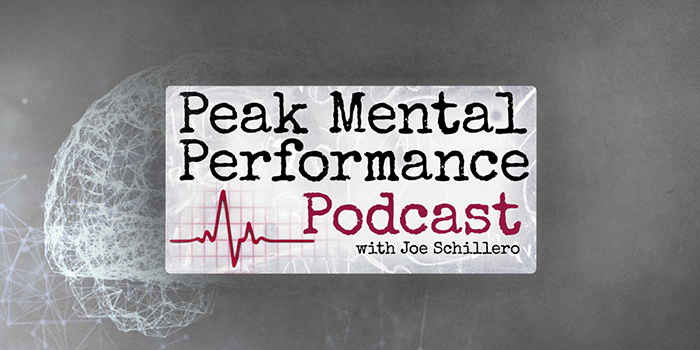
In the world of Sports Psychology, visualization is probably one of the better-known tools for improving performance. Also known as imagery, visualization is the process by which an athlete can use all of their senses (see, hear, feel, taste, smell) to rehearse their sport in their mind before the competition. While this seems like a simple task, it is frequently misinterpreted and done incorrectly. When done correctly, however, research evidence shows that visualization can benefit the athlete in three important areas1:
- Skill and strategy learning and performance
- Cognitive modification
- Arousal and anxiety modification
These areas allow the athlete to not only improve their performance, but also their mental health in general (which are more closely intertwined than most people realize). In this episode of the Peak Mental Performance Podcast, I interview Dr. Steve Graef, Counseling and Sports Psychologist for The Ohio State University Athletics. We discuss more what visualization is and how it can be used effectively to increase performance:
- (1:43) What is Visualization?
- (4:00) Refining the skill we use every day
- (4:20) When Visualization gets used in a counterproductive way
- (5:32) How the anxiety from visualization has kept us alive throughout evolution
- (7:55) Benefits when Visualization is used correctly
- (11:29) The balance between planning for the best, and preparing for the worst
- (14:20) Positive Visualization versus obsession
- (16:40) Where to start with Visualization to improve performance
- (19:36) Additional strategies to help along with Visualization
References
- Imagery Use in Sport: A Literature Review and Applied Model. Kathleen A. Martin, Sandra E. Moritz, and Craig R. Hall. The Sport Psychologist 1999 13:3, 245-268










